According to NASA, black holes are among the most mysterious cosmic objects, that are much studied yet still not fully understood.
George Seabrokeand his colleagues shook the world of science while using the Gaia space telescope, they found the largest stellar black hole ever spotted – Gaia-BH3. It is 33 times the mass of the sun and the 2nd nearest black hole to Earth ever discovered.
More info:Astronomy & Astrophysics
About 2000 light years away, astronomers have found the largest stellar black hole ever spotted, Gaia-BH3
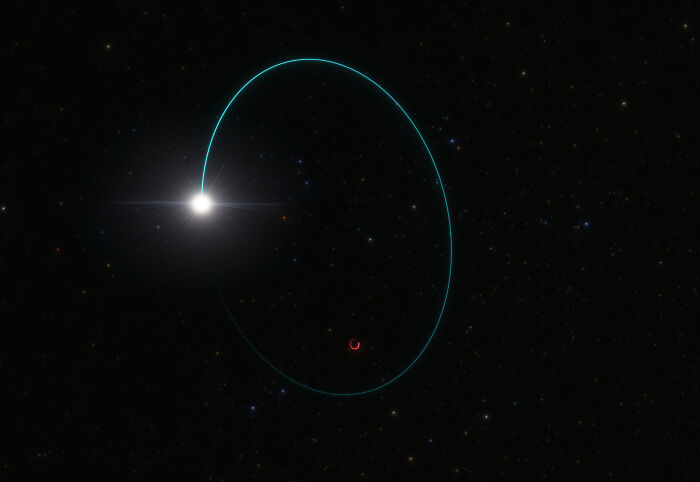
Image credits:ESO
“Finding Gaia BH3 is like the moment in the film ‘The Matrix’ where Neo starts to ‘see’ the matrix,” shared George Seabrook, a scientist at Mullard Space Science Laboratory at University College London and a member of Gaia’sBlack Hole Task Force.”In our case, ‘the matrix’ is our galaxy’s population of dormant stellar black holes, which were hidden from us before Gaia detected them,” he added.
Usually the average mass of known black holes of stellar origin in our galaxy is around 10 times the mass of our Sun. Until now, the biggest weight had a black hole in an X-ray binary in the Cygnus constellation (Cyg X-1), whose mass is estimated to be around 20 times that of the Sun.
By discovering such a big stellar black hole as Gaia BH3, the astronomers now are dealing with the difficulties of explaining it because our current understanding of how massive stars evolve and die does not immediately explain how these types of black holes came to be.
Most of the theories predict that massive stars, as they age, shed a sizeable part of their material through powerful winds. They are partly blown into space when they explode as supernovas. The remaining parts of their core further contracts to become either a neutron star or a black hole, depending on its mass. Yet when the cores are large enough to end up as black holes of 30 times the mass of our Sun then it becomes very difficult to explain. In Gaia BH3’s case, the clue might be hidden in the companion star which is something unusual and remarkable.
Gaia-BH3 has a mass 33 times that of the sun and is the 2nd nearest black hole to Earth ever discovered
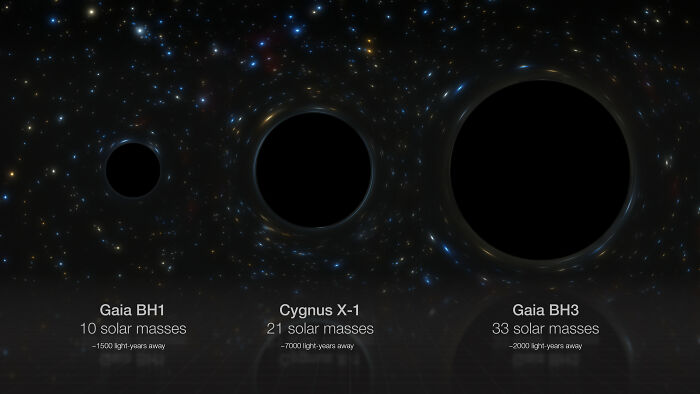
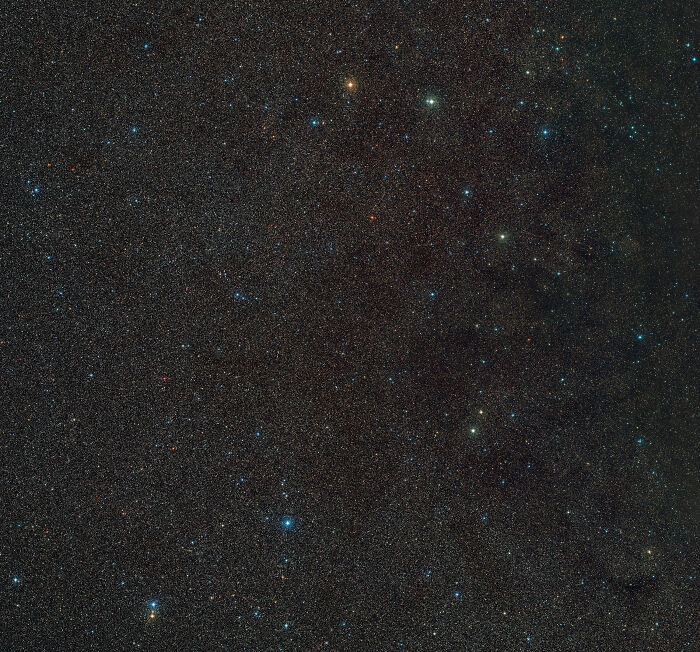
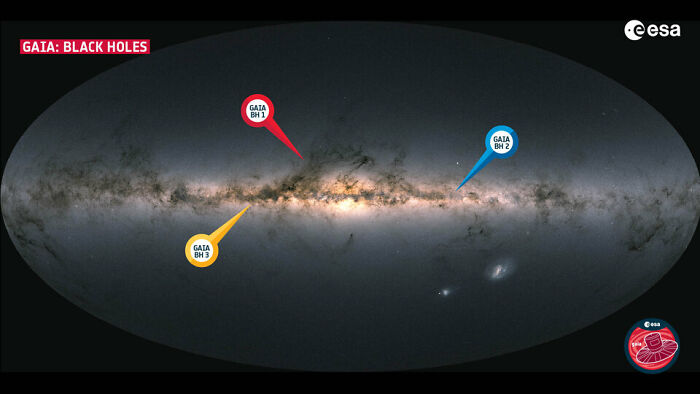
Image credits:ESA
Of course, Gaia-BH3 looks small compared to the supermassive black hole Sagittarius A* (Sgr A*) which has a mass 4.2 million times that of the sun

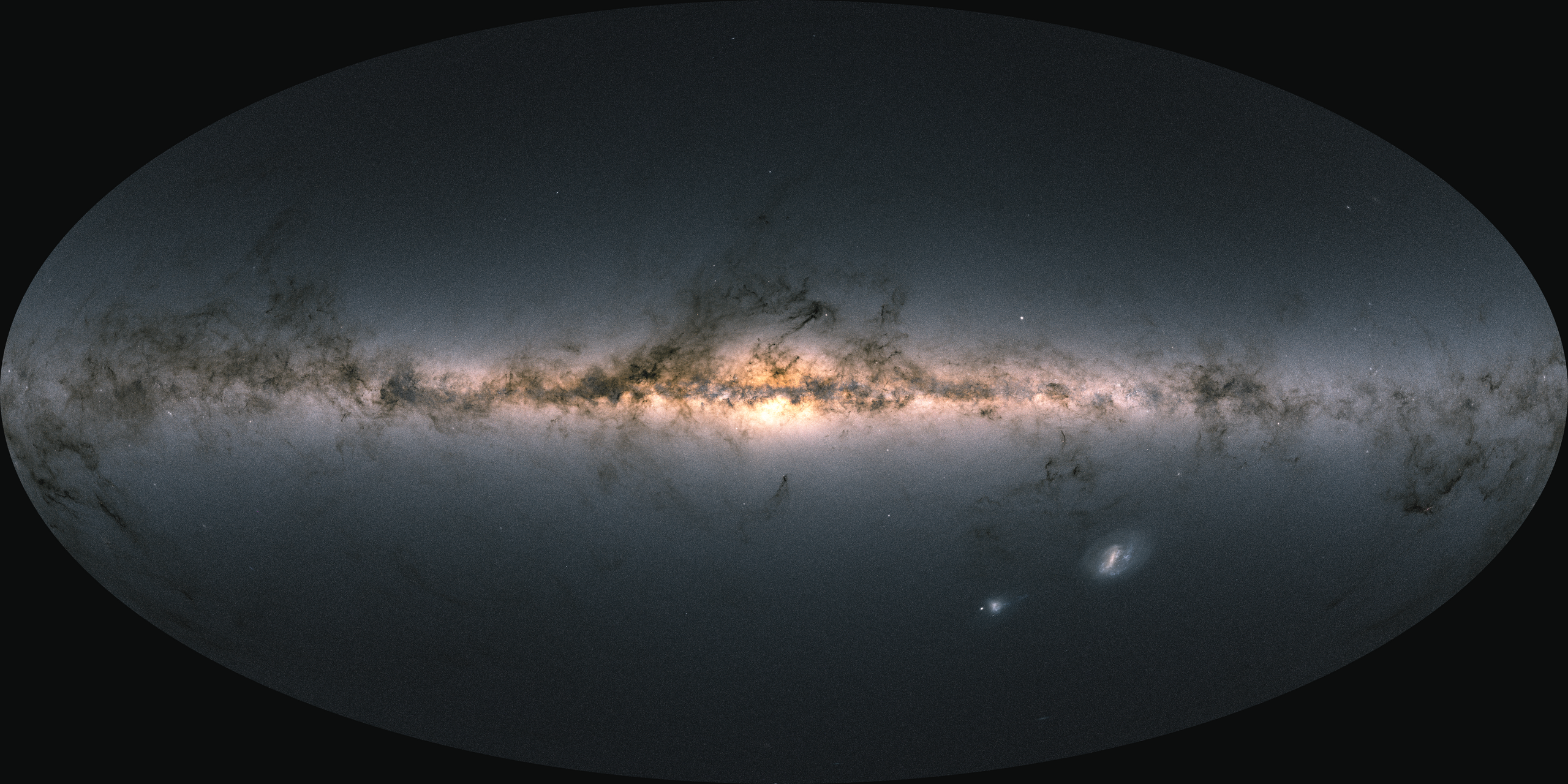
According to NASA, black holes aren’t really holes. More accurate would be to say that they are huge concentrations of matter packed into very tiny spaces. The gravity just beneath its surface, the event horizon, is strong enough that nothing, even light, can escape. The event horizon becomes a boundary that contains all the matter that makes up the black hole.
The nearestdiscoveredblack hole is called Gaia BH1 which is about 1,500 light-years away. The most massive black hole until now observed is TON 618, which is 66 billion times the Sun’s mass. Another interesting fact would be that all the black holes spin and the fastest-known is named GRS 1915+105. It makes over 1,000 rotations per second! I found it also very interesting that if we would replace the Sun with a black hole of the same mass, the solar system would get a lot colder but the planets would stay in their orbits due to the same gravity.
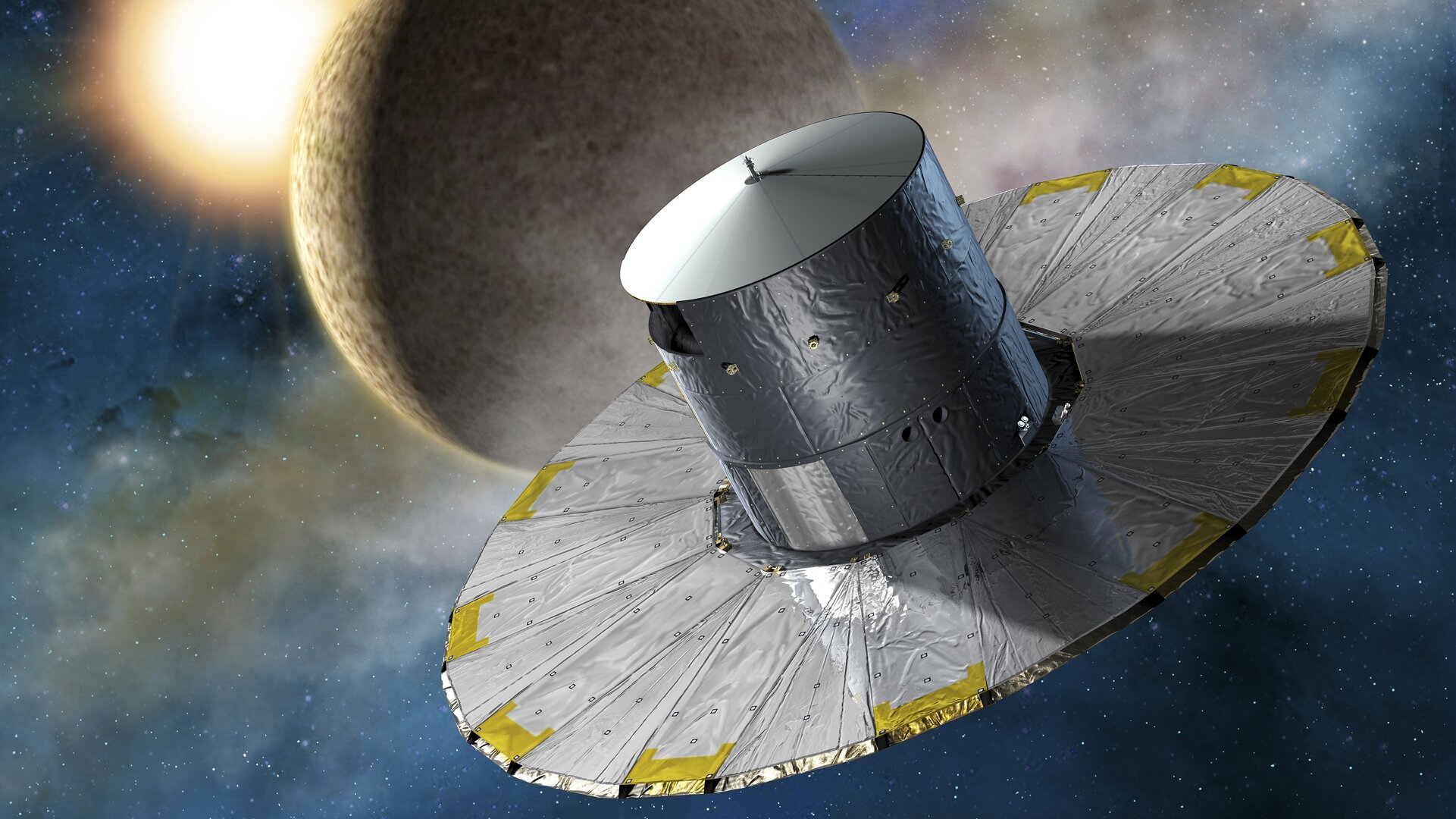
The next release of Gaia data is excitingly promising because the scientists are planning to take a deeper look into the study of binary systems and the discovery of more dormant black holes in our galaxy. Berry Holl of the University of Geneva, in Switzerland, member of the Gaia collaboration, said that they “have been working extremely hard to improve the way we process specific datasets compared to the previous data release (DR3), so expect to uncover many more black holes in DR4.”
People on the internet didn’t miss the chance to leave a comment on the remarkable cosmic discovery


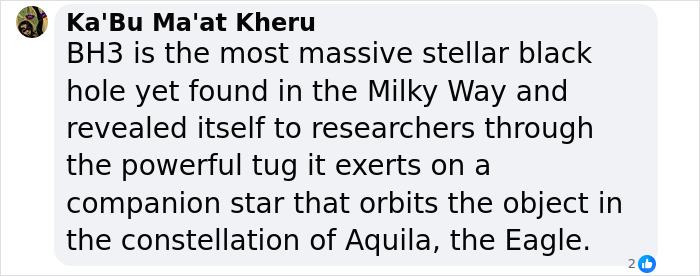



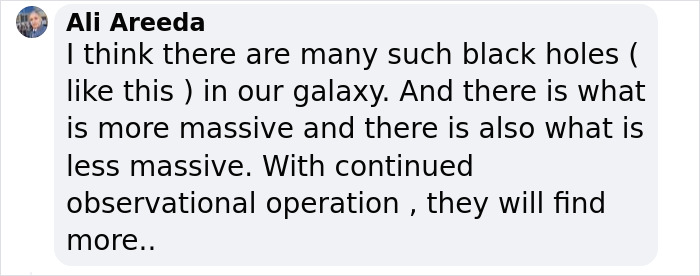



Thanks! Check out the results:
Science & Technology